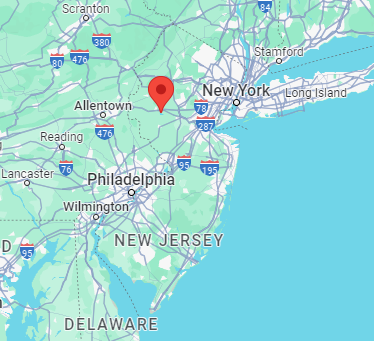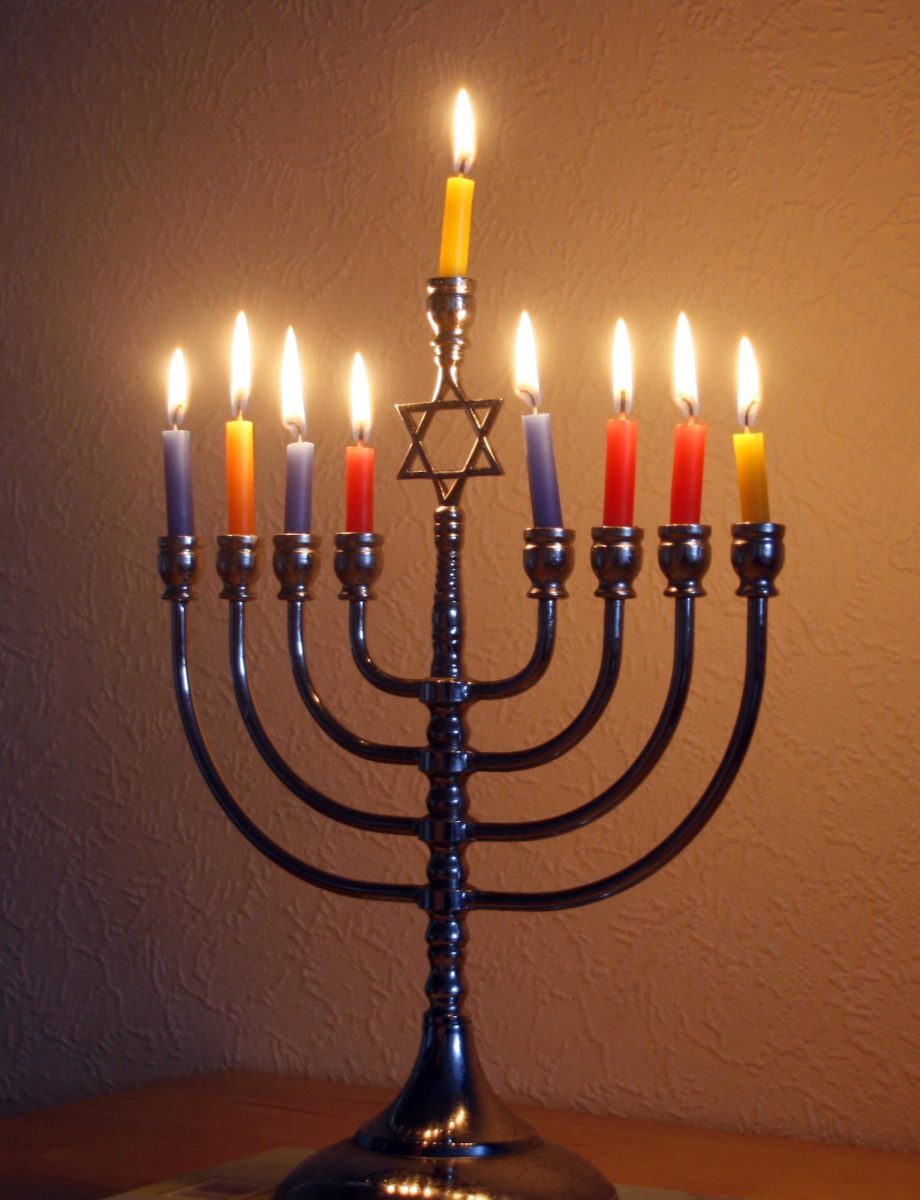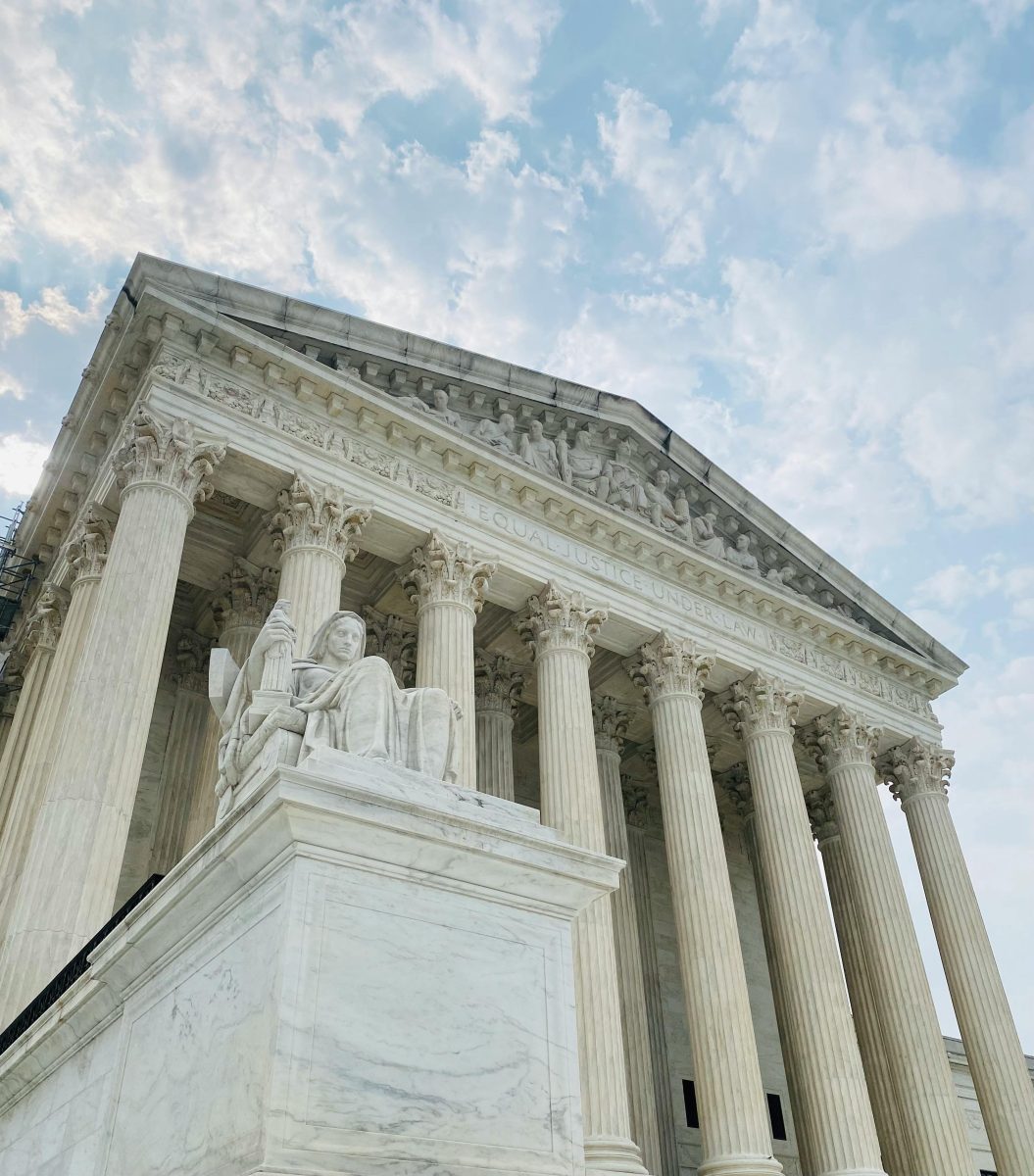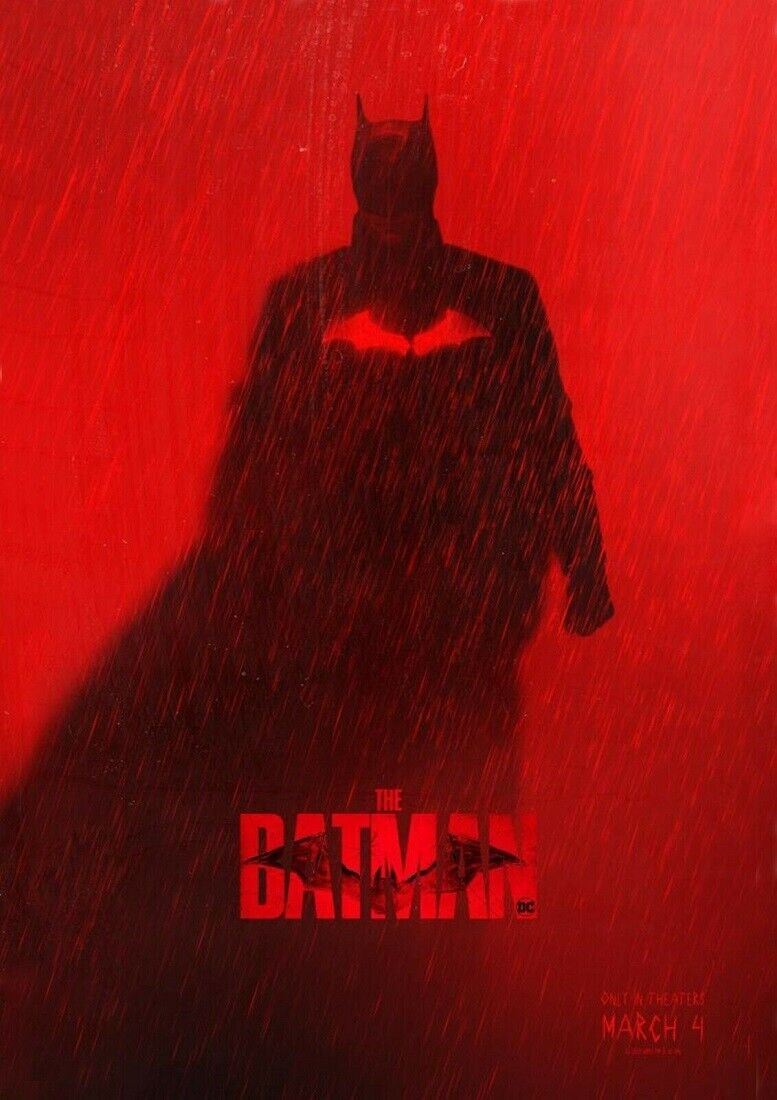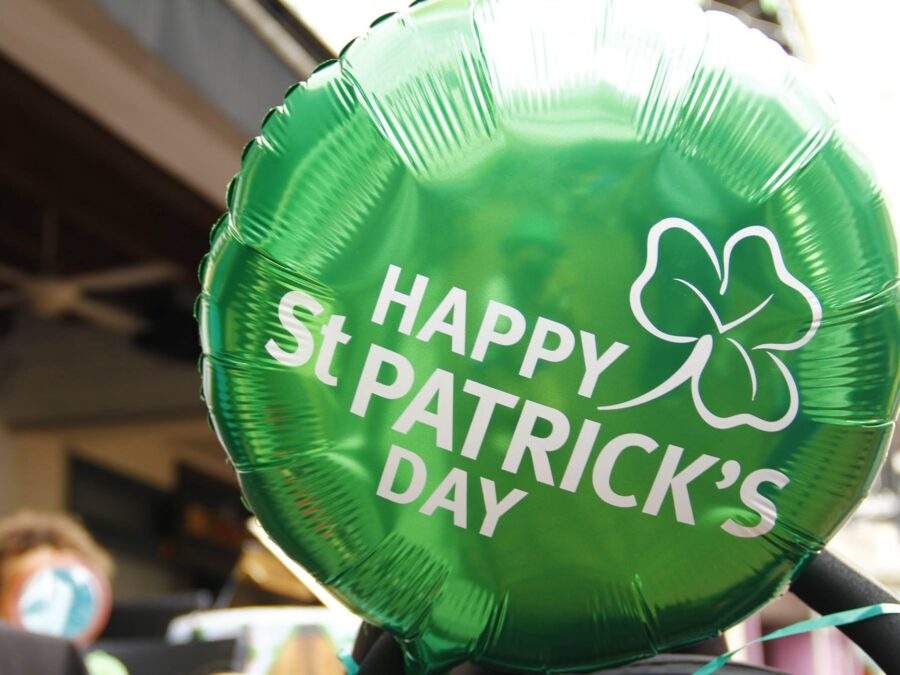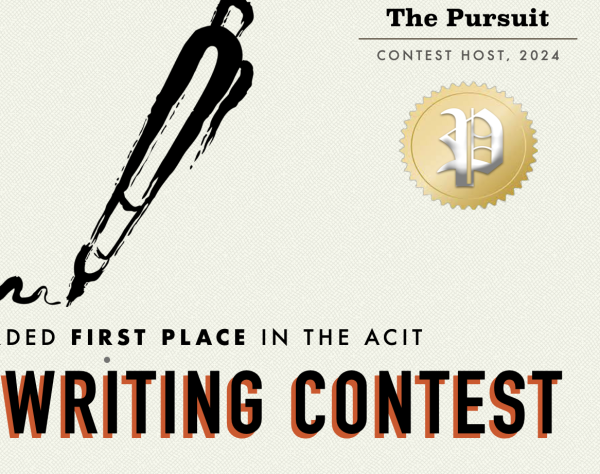Shillelagh’s With A Little Bit of Green and Drinks on The Side
St. Patrick’s Day is March 17th
Saint Patrick’s Day is the only day when pinching people for not wearing a specific color is allowed. It is a celebration that most people don’t know the origins of. Most people associate the holiday with drinking, wearing green, and leprechauns, while the truth of the holiday usually remains buried underway for big companies to make money. Over 200 countries celebrate St. Patrick’s Day and promote products to make money, while not even understanding the history behind the holiday. St. Patricks Day was a patron saint who died around the fifth century.
The St. Patrick’s celebration on March 17, 1631, was a feast that honored their patron saint St. Patrick, not much is known about who he actually was. What is currently known about him is that he was a Roman citizen, Britain back then was Roman, and he was enslaved and taken to Ireland, then at some point, he managed to escape or was released. He’d then become a priest and went back to Ireland, where he converted followers of the Druid culture into Christians. A legend says that his name was originally Maewyn Succat, but changed his name to Patricius (or Patrick), a Latin term meaning “father figure” after he became a priest. Relatively, his past is typically not well known information, but that doesn’t mean that there isn’t more to discuss. It’s time to dig up the history of the modern holiday that we know today.
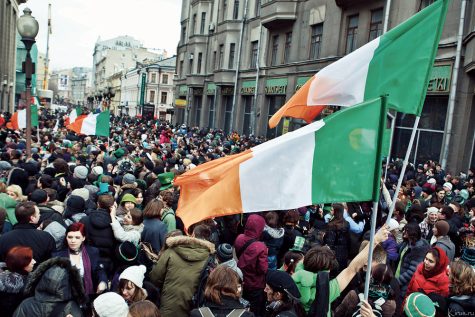
It took a couple of hundred years before the traditions that the average person knows and celebrates today. Considering the holiday takes place during Lent, it gave Christians a day off from abstinence leading up to Easter. Around the 1720s the church felt that it was getting out of control. The church would then go on to remind the celebrants what the holiday stood for by assigning an associated botanical item, a shamrock, something that was customary for all saints, a symbol that fit St. Patrick. The modern-day celebrations that are known today would continue to take shape during the rest of the 1700s. In 1762, the first New York parade took place, while the color green didn’t become associated with the holiday until the Irish Rebellion in 1798. Up until the rebellion, the color associated with St. Patricks Day was blue, because it was featured both in the royal court and on ancient Irish flags. During the rebellion, the British wore red so the Irish chose to wear green, and sang the song “The Wearing of the Green.” This cemented the color’s relevance in Irish history. That’s nice, learning about how the tradition and customs came to fruition, but now it’s time to talk about how it’s celebrated in different countries.
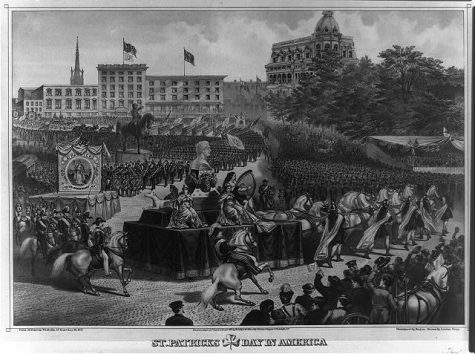
Over two hundred countries celebrate St. Patrick’s Day as a holiday, but here are some of them that celebrate it a tad bit differently. In Dublin, St. Patrick’s isn’t celebrated as just a day, but rather as a week that has a festival filled with numerous parades, live music, fun affairs, a 5k race, and prominent green displays that light up iconic buildings with green lights. In the US, it isn’t an official holiday but is still widely observed to celebrate Irish culture, as New York City has the biggest St. Patrick’s parade in the world. The parade has more than 150,000 participants yearly, and other places in the US also celebrate it, such as Chicago, Boston, Savannah, and Philadelphia. Another country that has celebrated since 1999 is Russia. Multiple cities in Russia held the parade in military style, collaborating with the Irish embassy and the Moscow government, while having volunteers do the unofficial parade in carnival style. A not-so-surprising place that celebrates St. Patrick’s day is Scotland, which has a town with the majority made of people of Irish descent, called Coatbridge. Glasgow has a large Irish population, due to over 100,000 Irish immigrating during the nineteenth century. Lastly, Birmingham is a city that is known for holding the largest Saint Patrick’s Day parade in Britain, characterized by its two-mile parade route through the city center. It’s labeled as the world’s third-largest Saint Patrick’s Day parade, obviously behind Dublin and New York’s.
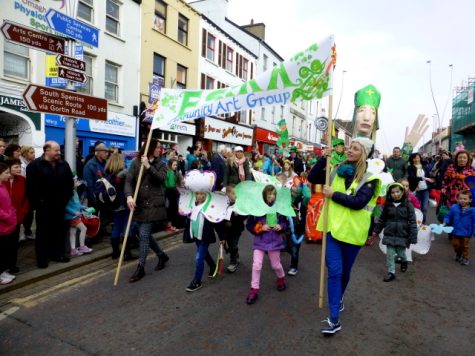
To wrap up Saint Patrick’s Day, this holiday has been through many changes from era to era, increasing its popularity as time went on. The holiday originally went from being a symbol to celebrate before fasting for about 40 days, to being a nationwide commemoration that almost everyone celebrates. Interestingly enough, it has gone from Christianity and fasting to selling merchandise, wearing green, and leprechauns. The celebration is not only a day meant for parties and hanging out with friends, but it’s a day for people to reconnect with themselves and take a nice break from everything in their lives. Perhaps the next time you’re partying for St. Patrick’s Day, you should take a moment to appreciate the history behind the holiday.
Source:
The True History Behind St. Patrick’s Day
Countries That Celebrate St. Patrick’s Day 2023

